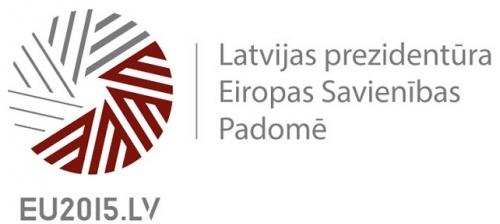 What is the problem?
What is the problem?
The increasing pressure of human activities on the Baltic Sea and within its catchment area is drastically affecting the environmental status of the sea, as well as its capacity to provide valuable ecosystem services. This threat calls for a better understanding of the different values and uses by people in the Baltic Sea States, including several of the Nordic Countries, associate with their marine environment, in order to more effectively safeguard and manage the benefits it provides.
Which ecosystem services were examined and how?
To support these endeavors, an extensive public survey was carried out to gather information on the values and uses of the Baltic Sea in nine Baltic Countries, including Denmark, Finland and Sweden. The survey also explored people's concerns over the marine environment and their attitudes towards various measures for improving it.
BalticSurvey did not explicitly focus on ecosystem services, however several of the identified values and uses of the Baltic Sea were directly related to cultural and recreational services. These cultural and recreational values further build on the range of regulating and supporting services, including ability of the sea to maintain good water quality, healthy fish stocks, charismatic species, and aesthetic and cultural values. In addition, swimming, diving, fishing, picnicking, sunbathing and other similar activities surveyed by the study are also linked to the maintenance and quality of broader ecosystem services in the Baltic Sea basin, such as the ability of coastal wetlands to maintain good water quality. Consequently, highlighting the socio-economic importance of the cultural and recreational values can also help to protect a range of ecosystem services in the Baltic Sea basin.
Results
The most common cultural and recreational activities in all the surveyed countries are related activities that depend directly on the ecosystem services provided by the Baltic Sea, including swimming and walking, sunbathing and picnicking on the seashore. While most of the people in the Baltic Sea countries have used the sea to spend leisure time, professional experience of the sea is limited.
The survey revealed that concerns over the environmental status of the Baltic Sea are similar between the surveyed countries. Litter and damage to marine flora and fauna was perceived as a big problem in all Baltic Sea states, including the Nordic countries. Algal blooms, low quality of coastal waters, and oxygen deficiency in the sea causing complete deterioration of seabed were also a cause of concern.
Did the examination of ecosystem services generate impacts on decision-making or policies and, if so, how?
The results of BalticSurvey provide a comprehensive overview of the present values, uses, perceptions, concerns and attitudes of the general public towards the Baltic Sea. The survey provides quantitative evidence that the Baltic Sea has a significant cultural and recreational value to the broader public and shows that a range of such values and public benefits are at stake if the degradation of marine environment continues.
The outcomes of the survey provide a good basis for guiding the decision-making in the Baltic Sea states both at regional and national level. They can help to assess the true costs and benefits of protecting and restoring marine ecosystem and related services. The survey results can also guide towards identifying and adopting conservation measures most likely to be supported by the general public.
Information prepared within the project "Non-governmental sector participation in the international conference" EU Biodiversity strategy implementation "" financed by Latvian national budget-funded program "Support for public participation in the Latvian Presidency of the Council of the European Union implementation" and administered by the Society Integration Foundation.

